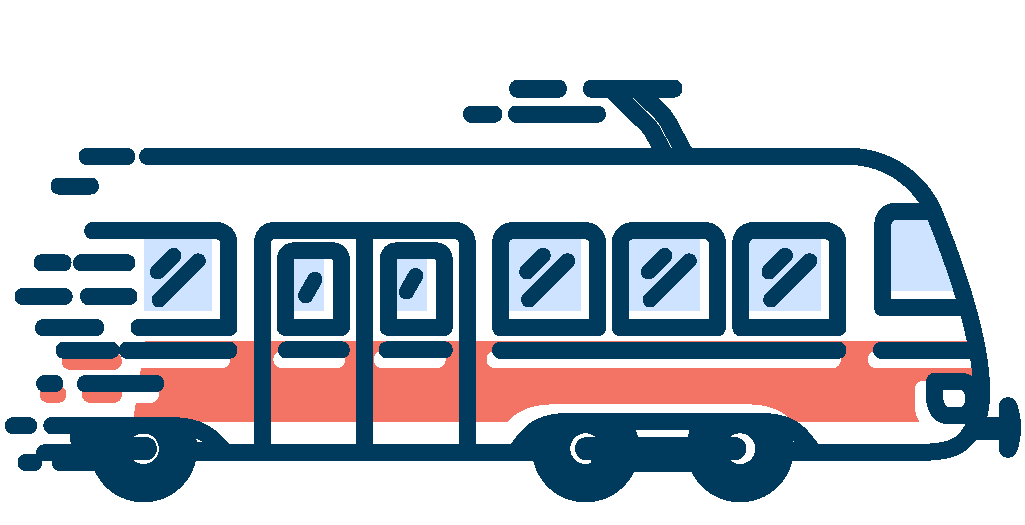 Federico II di Svevia square, 30 - 6010 - 70122
Federico II di Svevia square, 30 - 6010 - 70122
 Tuesday 9.30 18.00 holidays 10.00-11.15
Tuesday 9.30 18.00 holidays 10.00-11.15

 +390805218209
+390805218209
 Free -
Free -




The front portico of the church can be accessed via three arches; two lower lateral arches, and a higher central round arch.
A wooden crucifix and the medieval remains of a column with capital from the ancient church are located inside the portico. The bronze church door is a modern artwork by the sculptor Mario Colonna. The external part of the door that greets the worshippers displays six panels, while the internal part consists of two smooth-surfaced central panels.
The church consists of a single hall with two lateral niches in which votive altars have been inserted. The apse houses a bronze high altar by the sculptor Mario Colonna. Behind it stands a brightly coloured mosaic depicting the Holy Trinity with symbols of the four evangelists on either side of Christ, and, below that, the Saints Cosmas and Damian. Three upper windows allow the light into the church, and each window pane displays a phrase: "The Son is the Wisdom of Love", "The Father is Love", "The Holy Spirit is the Power of Love." The lateral niches are marble-framed and highlighted with geometric mirrors. Both niches contain a marble shelf that supports a statue; a white marble statue of the Virgin Mary with Child on the left-hand one; a statue of the Holy Physicians, on the right-hand one.
A wainscoting runs along the church walls, and is surmounted by white plaster walls that interrupt above the niches to house paintings by Umberto Colonna (1977) depicting the history of salvation. On the left, there are: the "Creation of Adam," The Promise of Salvation to the Prophets from Moses to John the Baptist ", and "The Annunciation "; while, on the right, there are "The Sermon on the Mount ", "Testimonies of the early Church through word, miracle, fraternity and martyrdom", and "The Mission of the Church in the world through sacrifice, announcement, and community members". The counter-façade houses the choir with a pipe organ, and a wooden crucifix.
The marble flooring displays a 1986 mosaic at the front entrance bearing the symbol of the Arch-Confraternity. The roof is made of wood and supported by eight trusses. Nothing currently remains of the ancient church façade. What remains of the small ancient church of the Trinity are the traces of the façade bounded by pilasters with Ionic capitals, and three rectangular windows with a portal surmounted by a mixtilinear tympanum.
From the international airport Karol Wojtyla in Bari,
Take Viale Enzo Ferrari in the direction of Strada Provinciale 204 / Viale Gabriele d'Annunzio / SP204.
Take Viale Europa and Via Napoli in the direction of Via S. Francesco D'Assisi in Bari.
Take the SS 16.
Exit the SS 16 via Exit 4 towards “Bari Centro-Porto”.
Continue down Via Napoli and then Via San Francesco d'Assisi.
Drive in the direction of Piazza Federico II di Svevia.
Take E843, Viale Giuseppe Tatarella and the underpass Sottopassaggio Giuseppe Filippo in the direction of Via Napoli in Bari.
Continue along Via Napoli and drive in the direction of Piazza Federico II di Svevia.
 Public Transport
Public Transport
AMTAB bus lines #3, #12, #12/, #21, and #35 stop near the castle.
Piazza Massari-Piazza Federico II di Svevia-Piazza Prefettura
Questo sito utilizza cookie. Scorrendo questa pagina, cliccando su un link o proseguendo la navigazione in altra maniera, acconsenti all' uso dei cookie. maggiori informazioni